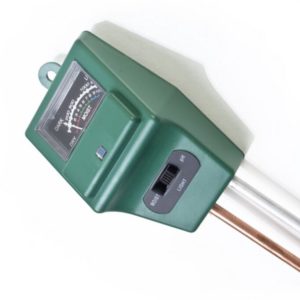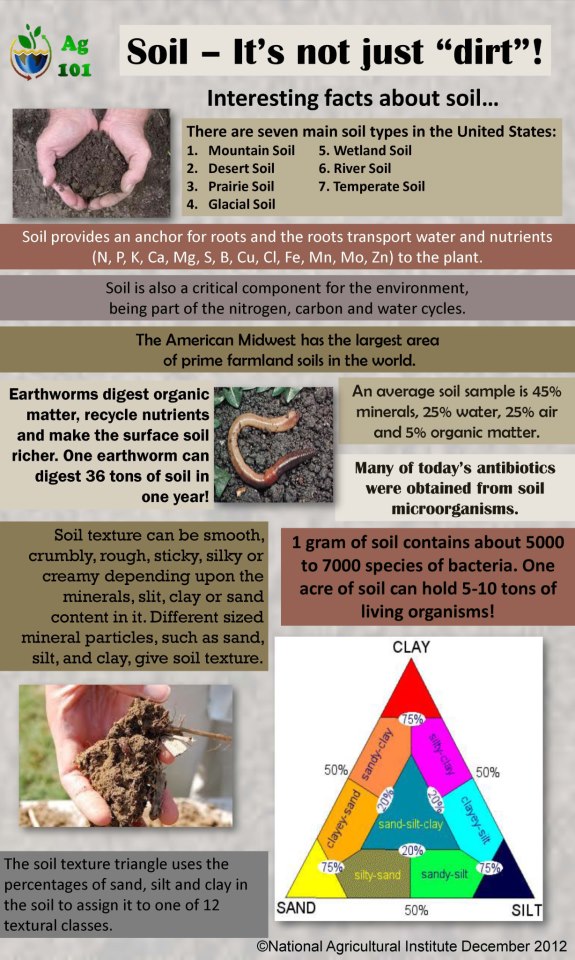BLACK GOLD
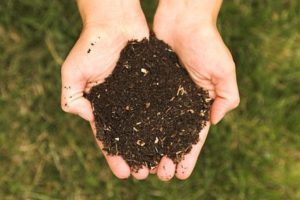
Soil PH
PH is a measure of how acidic or alkaline a substance is, and soil acidity or alkalinity (soil pH) influences how plants take up nutrients. Most plants tolerate a fairly wide range of soil pH. Plant roots absorb mineral nutrients such as nitrogen and iron when they are dissolved in water. If the soil solution is too acid or alkaline, some nutrients won’t dissolve easily and won’t be available for uptake by roots. Most nutrients dissolve easily when the pH of the soil ranges from 6.0 to 7.5. Below pH 6.0 some nutrients (nitrogen, phosphorus, and potassium) are less available. When the pH exceeds 7.5 iron, manganese, and phosphorus are less available.
Many environmental factors (amount of rainfall, vegetation type, and temperature) can affect soil pH. Generally areas with heavy rainfall and forest cover have moderately acid soils. Soils in regions with light rainfall and prairie cover tend to be near neutral. Droughty areas tend to have alkaline soils. The pH of cultivated and developed soils often differs from that of native soil, because during the construction of homes and buildings, topsoil is removed and may be replaced by a different type of soil.
Most plants grow well in slightly acid to neutral soil (pH 6.0–7.0). Exceptions include blueberries, potatoes, azaleas, and rhododendrons, which prefer moderately acid soil. Adding organic material to soil buffers the pH and brings soils closer to neutral.
You can test soil pH with a home soil test kit or portable pH meter (inexpensive and easy). A soil lab report contains recommendations on types and quantities of amendments to use. Your best option is to add organic matter and grow plants that do well in alkaline soils.
Soils with a pH higher than 7.0 are alkaline, or “sweet.” Most garden plants tolerate a pH up to about 7.5. Alkaline soils are generally composed of basic (high pH) materials such as limestone. Soil pH affects nutrient availability for plants, and in soils with a pH over 7.8, iron, zinc, and phosphorus deficiencies are common.
Lowering soil pH is a challenging process because limestone in the soil continually dissolves. To lower soil pH apply pure sulfur or flowers of sulfur. Add organic matter, such as compost or composted manure to your soil annually and mulch with acidic organic mulches, like pine needles. Adding organic matter slowly lowers your pH while increasing microbial life and improving the structure of your soil.

Learning About the Textures and Colors of Different Soils. Kids had clay, sand, and loam to examine and feel.


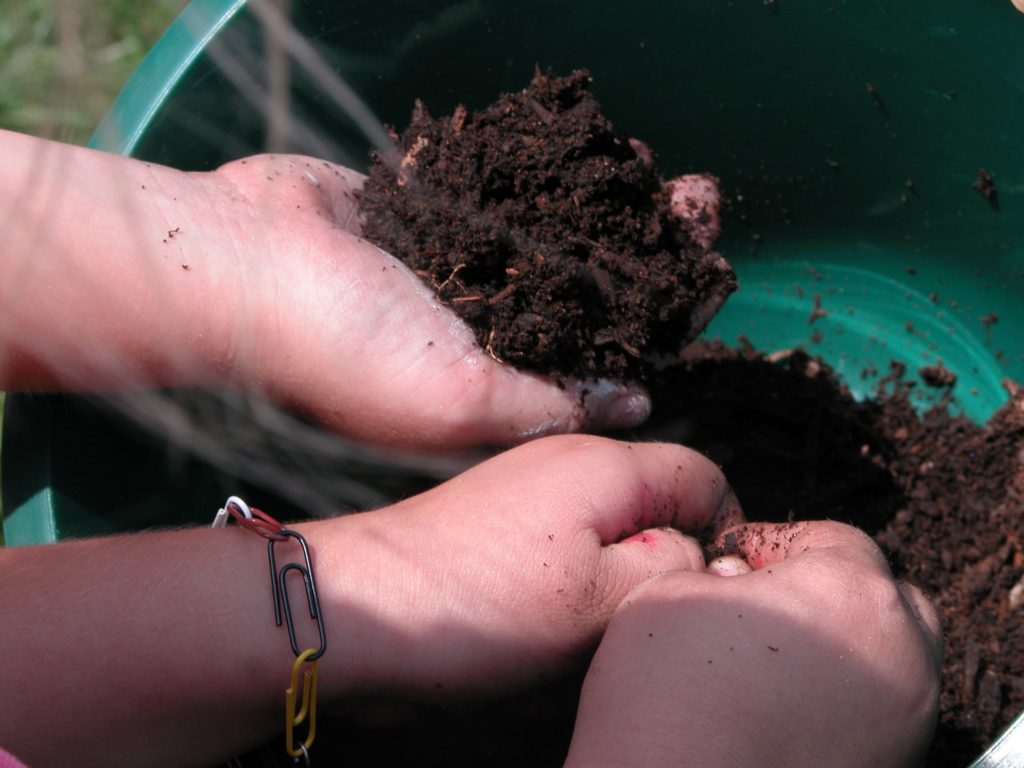

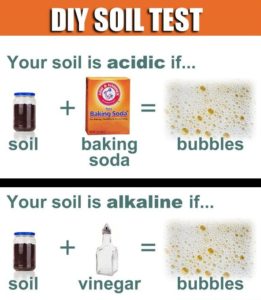
PH Tester
